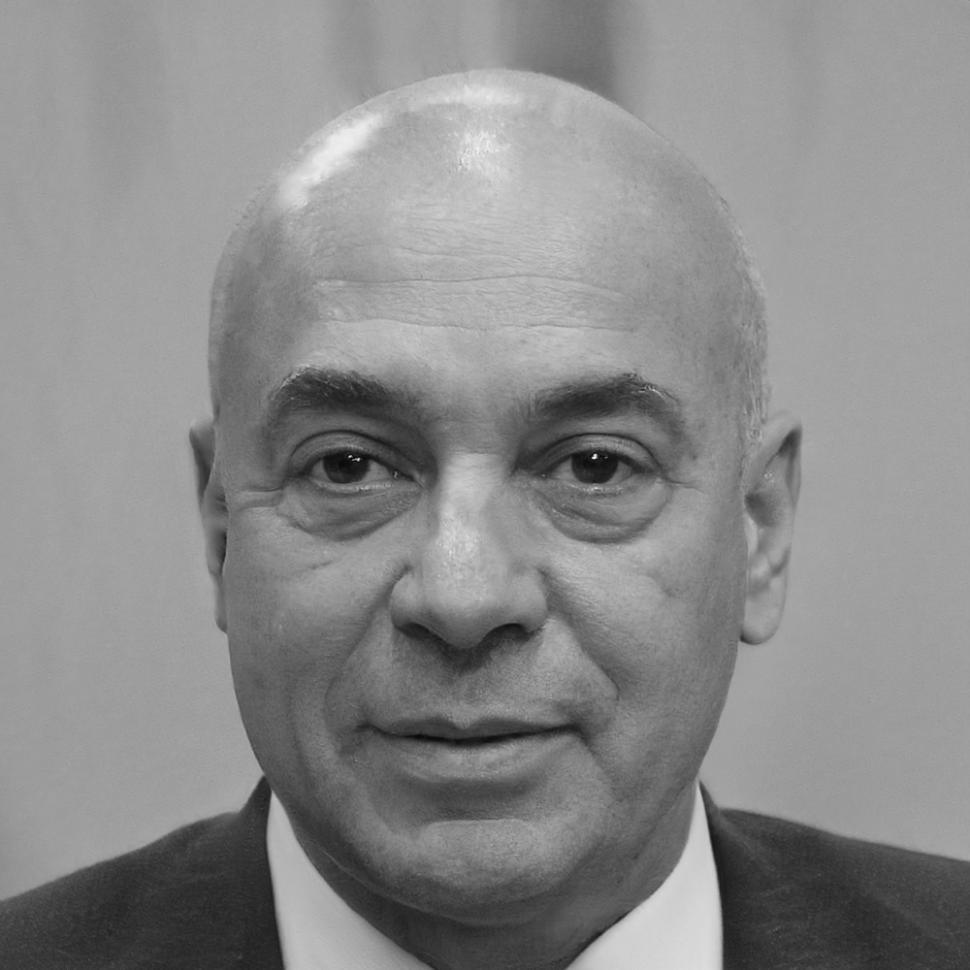Master Departmental Budgeting Through Real-World Application
Building accurate department budgets isn't about spreadsheet formulas. It's understanding how different business units actually consume resources and planning for what comes next. Our autumn 2025 intake focuses on practical skills that work when real money is on the line.
Explore Our Curriculum
Your Journey From Numbers to Strategy
We break down budgeting education into progressive modules that build on each other. Most students see noticeable improvement in their forecasting accuracy around the third module.
Foundation Concepts
Budget structures and departmental cost allocation. We start with how money flows through organizations, not accounting theory. Six weeks covering variance analysis and reporting basics.
Department-Specific Scenarios
Marketing budgets work differently than IT budgets. Operations teams need different planning tools than HR departments. This module tackles those nuances with actual case examples from Australian businesses.
Advanced Forecasting Methods
Rolling forecasts, zero-based approaches, and driver-based models. You'll learn when to use which method and how to adapt them for different organizational contexts. Eight weeks of hands-on model building.


Skills You'll Actually Use
Our graduates consistently mention three things: better stakeholder conversations, more accurate quarterly forecasts, and confidence when executives ask tough questions about budget variances.
Each module includes assessment through practical assignments. You'll build a complete departmental budget from scratch by the end of the program, using real company scenarios we've collected over eight years of teaching this material.
Enrollment for September 2025 opens in May. Classes run Tuesday and Thursday evenings, with weekend workshop options for intensive modules.

Learning That Fits Your Schedule
Finance professionals rarely have predictable schedules. So we built flexibility into how you engage with the material. All sessions are recorded, assignments have multiple submission windows, and project work accommodates your actual workload.
Real Budgets We've Analyzed Together
Theory only goes so far. These are anonymized versions of actual budgeting scenarios our students worked through. The kind of messy, complicated situations you encounter when departments have competing priorities and limited resources.

Regional Campaign Budget Allocation
A Queensland retail chain needed to allocate marketing spend across seven locations with vastly different customer demographics. Traditional even-split approaches weren't delivering results.
Students built driver-based models tying budget allocation to foot traffic, local competition density, and seasonal patterns. The resulting budget framework helped the company shift resources to higher-performing locations while maintaining minimum presence standards across all stores.
What Students Learned

"The course changed how I approach quarterly forecasts. Instead of tweaking last year's numbers, I now build from activity drivers. My CFO noticed the difference in accuracy within two quarters."

"What helped most was learning to communicate budget constraints to department heads. The negotiation frameworks we practiced made those conversations much less confrontational."
September 2025 Enrollment Opens Soon
Limited to 45 students per cohort to maintain quality interaction. Early registration opens May 12, 2025. General enrollment starts June 2, 2025.